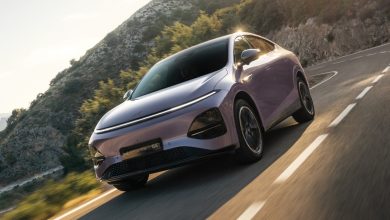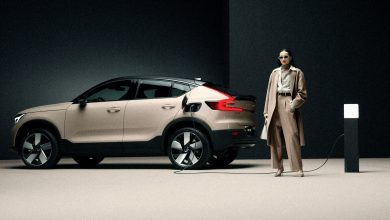The Fascinating Story Behind One Of Honda’s Greatest TV Ads

This 2-minute ad for the then-new 7th-gen Honda Accord went on to become one of the most-awarded TV commercials in history.
When thinking about adverts these days, the term might probably conjure up annoying pop ups or the often annoyingly unskippable variety ahead of every YouTube video. But for every likely thousand mediocre ones, there is nevertheless always one good one that will actually transition from ad to art.
And arguably one of the best examples of this (with regards to the automotive world at least) is Honda’s The Cog commercial. A TV ad that promoted its then-new 7th Generation Euro-spec Accord, this 2-minute video of a Rube Goldberg machine that used parts from the car to close its tailgate became an instant hit from its first showing on the 6th of April 2003.
A new and rather informative YouTube video by Paul E.T has since come out detailing further the rather cool backstory behind this ad, and is worth the watch for anyone who can spare 14 minutes. For those who can’t however, here is a brief summary of all the major points covered.
Starting first with how the commercial came to be, The Cog started off as an idea by the ad-men at Wieden+Kennedy. The same people behind Nike’s iconic Just Do It slogan, this was part of a campaign to turn Honda’s dull but functional image back in the early 2000s to something a little bit spunkier (and also help them retake their number 2 spot on the domestic sales chart from the then high-riding Nissan).
The inspiration for the Rube Goldberg machine that is the star of Cog is said to come from the board game Mousetrap and the breakfast making machine from Chitty Chatty Bang Bang. A low budget mockup was initially pitched to Honda, but the Japanese automaker only handed over the £1 million (RM 6 million) project budget(!) to the ad-men after a functional proof of concept using actual car parts was developed.

In total, Cog took 7 months to produce from start to finish. And while most ads these days involve some kind of CGI trickery or another, every intricate motion (bar one) in Gog was actually achieved on camera. Wheels that appear move UP an incline? Weights were positioned in its top section to help it defy gravity.
Cog’s production team was apparently working to a margin of error of just 1.6 mm, with wind and even minimal change in temperature of the warehouse that it was shot would ruin a take. Fortunately however, the ad-men did not actually have to actually manage 606 takes written the production slate as seen on the behind-the-scenes mini-documentary — that number was apparently just a random number.
As for Cog’s hidden cut meanwhile, it was only done because the entire elaborate Rube Goldberg setup was too large to fit into the studio. So with the production team having noticed that the muffler tended to roll in the same pattern every single time, a cut was placed mid-way through the roll and both halves of the ad were then stitched together in post.
Though perhaps the more interesting curio with this ad is that in spite of its critical acclaim (it is one of the most awarded TV commercials in history) and its commercial success (Honda’s website saw its highest traffic immediately after it aired), The Cog was only broadcast in its entirety on TV 10 more times. What more too is that many Malaysians (who are not perhaps car or marketing geeks) would probably have not even seen this ad before, because it was only broadcast in the UK, Sweden and Australia.
Funnily enough, viewers in the UK with Sky’s interactive remote who saw a shortened 30-second cut of the ad had the option to see the full version and even request a brochure and/or promotional DVD for the then-new Accord. And just as a testament to how good an ad when done right can bring in customers by the thousands, not only did many more voluntarily choose to watch the advert in its entirety, but 10,000 people also apparently went to the effort of filling out their details to get those physical marketing material.




